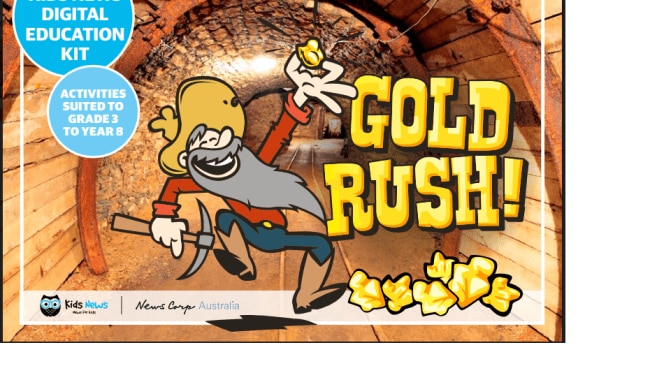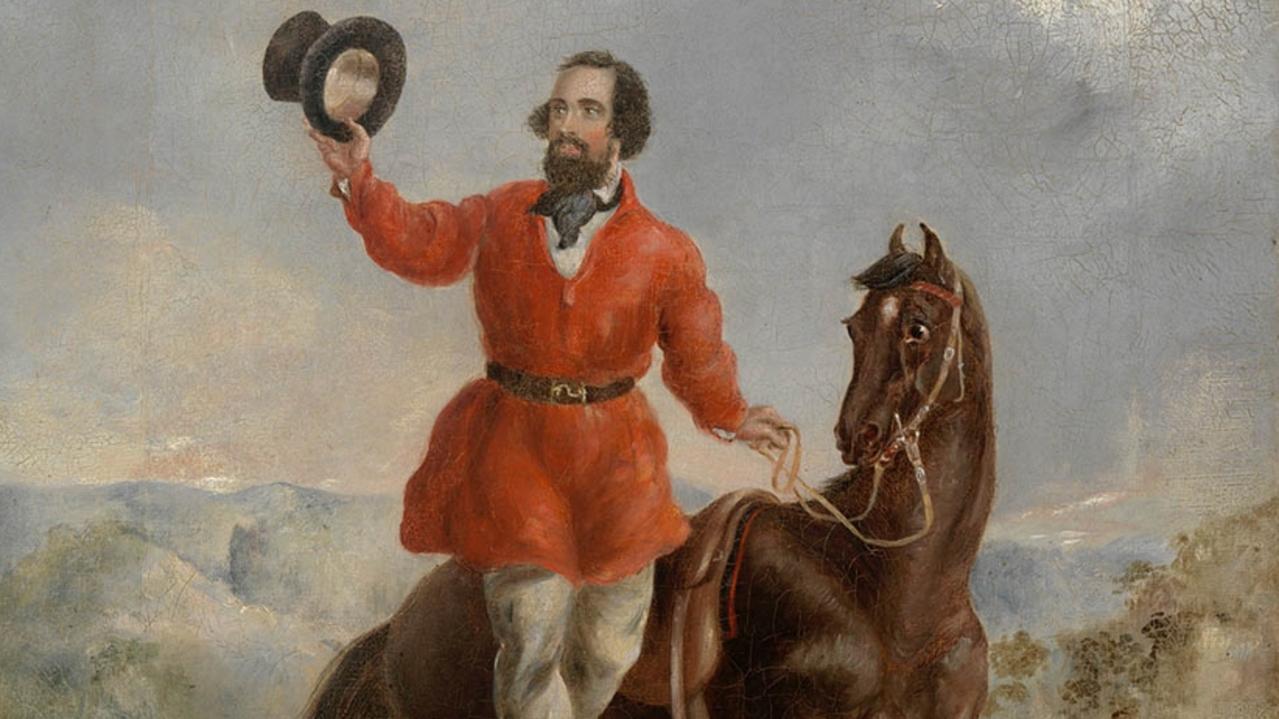The Gold Rush was the catalyst for Australia becoming one of the world’s first true democracies
LEGACY: The right to a safe, secret vote to elect politicians was a fine result of the Gold Rush, though it took many years for all Australians to have equal democratic rights
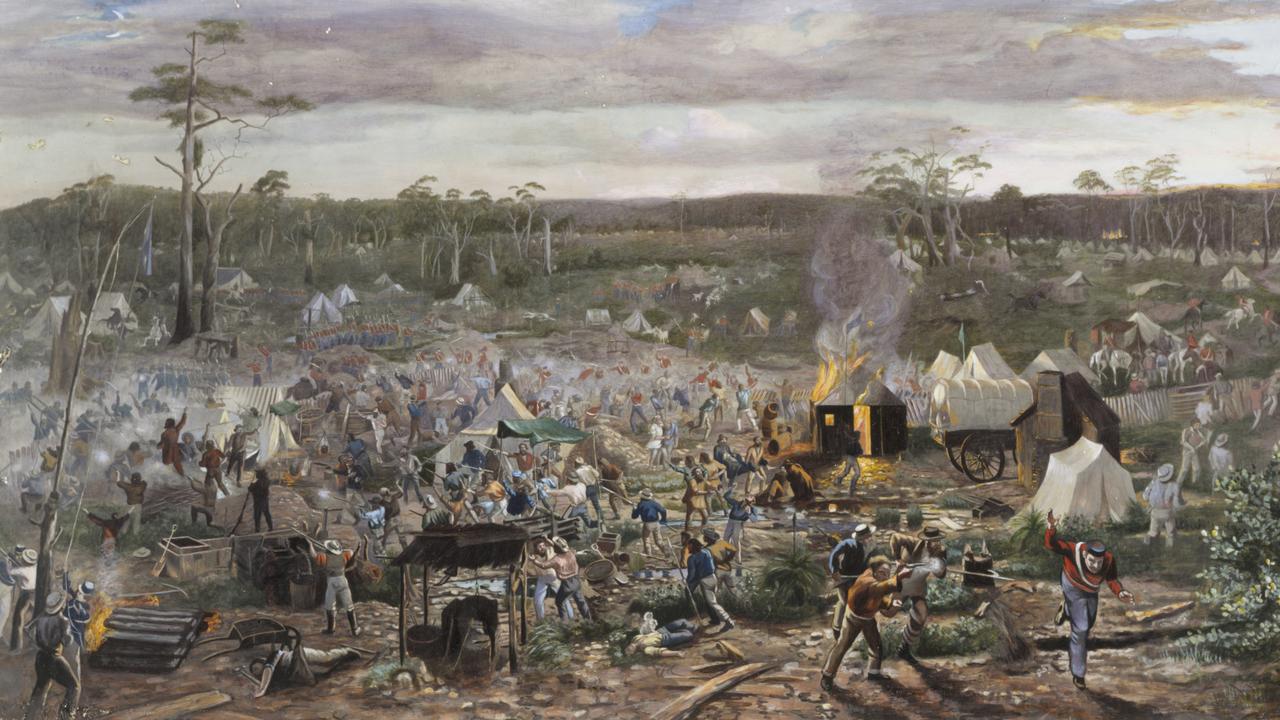
READING LEVEL: GREEN
We often hear people say that Australia is a young country, yet it is one of the oldest continuous* democracies in the world. A democracy is a system of government where everyone can safely vote to elect politicians to make decisions for everyone.
It became a democracy in the 1850s, which was such a fast transformation*. Only 30 years before, white settlement in Australia had been confined* to convict colonies controlled by soldiers and ruled by politicians in England, with few rights for ordinary people.
In the 1850s, there were hardly any democracies across the world. There wasn’t even a proper democracy in England in the 1860s as not everyone had the right to vote and they couldn’t vote secretly.
The Gold Rush helped change Australia.
The hundreds of thousands of people who rushed here from all over the world were adventurous people who brought a huge variety of experiences. Many had come from old European countries where only rich people had power. They saw Australia as a land of opportunity, both for wealth and for new freedoms, so they weren’t going to accept being taken advantage of. They were prepared to fight for their rights.
Miners’ meetings and protests and then their fight at the Eureka Stockade at Ballarat in 1854 forced huge changes.
As a direct result of the Eureka uprising, laws were changed in Victoria so that miners and other ordinary working people could become politicians and vote in elections.
In 1856, Victoria and South Australia became the first states to have secret ballots, which stopped a voter from being intimidated* or influenced into voting for someone. The rest of the country and the rest of the democratic world followed this lead.
In fact, this system of elections is sometimes called either the Australian or Victorian Ballot.
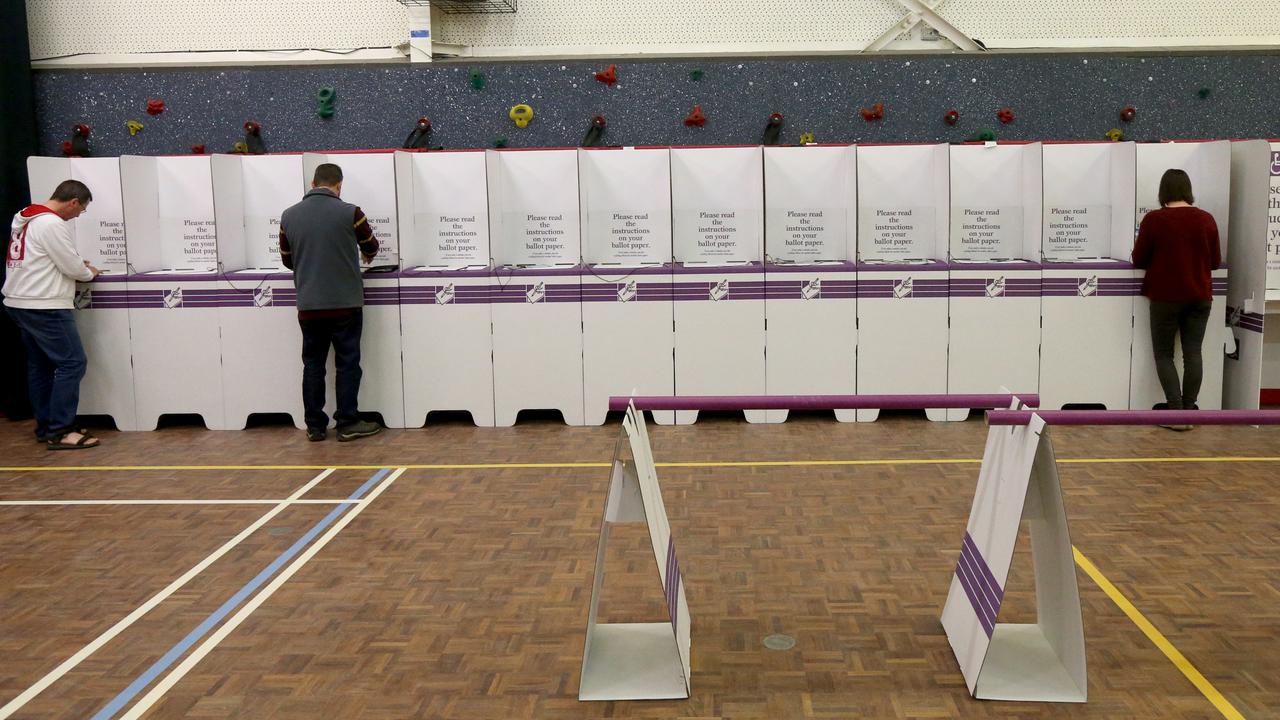
The Gold Rush certainly marked the beginning of change, but there was still a long way to go before Australia could claim to be a true democracy. Women fought hard for the right to vote. In 1894 South Australia became the first state to allow women to vote and in 1908 Victoria was the final state to allow women to vote.
Indigenous women, however, had to wait until 1962, when all states except Queensland allowed Indigenous people the right to vote.
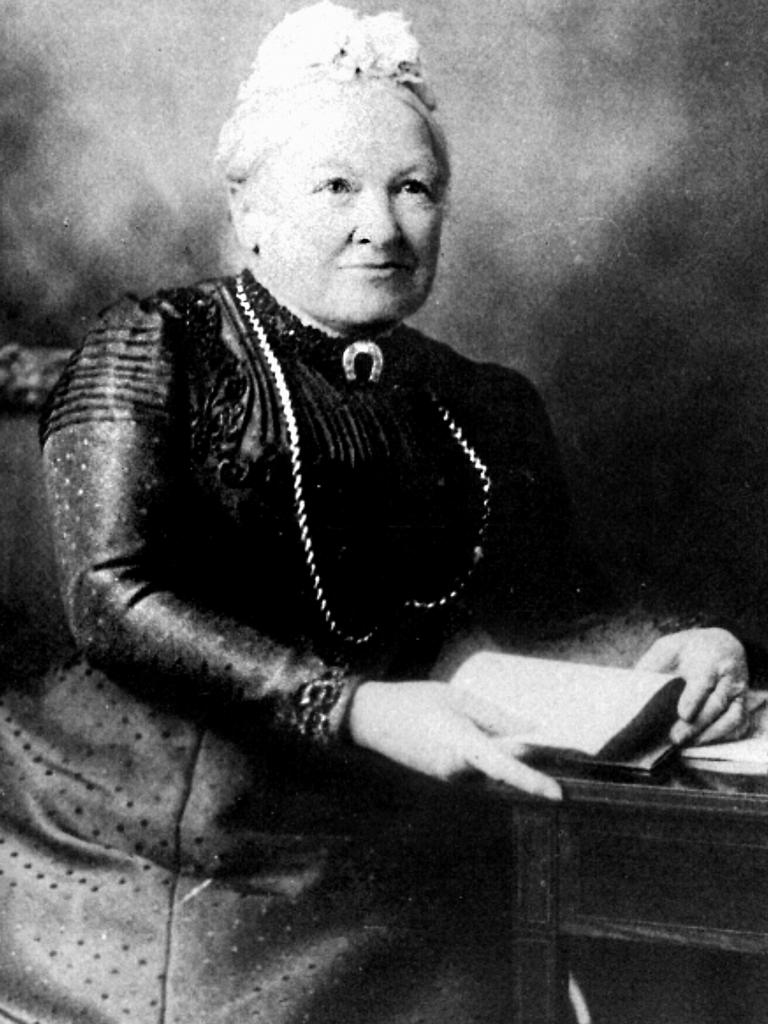

EXTRA READING
Where the streets are paved with gold
Growing unrest on the goldfields
FOR ALL GOLD RUSH STORIES, click HERE
GLOSSARY
- continuous: without a break
- transformation: complete change
- confined: restricted
- intimidated: frighten someone so they will do what you want
LISTEN TO THIS STORY
25 CLASSROOM ACTIVITIES
For 25 classroom activities on this story and much more, go to kidsnews.com.au/goldrush to purchase the Gold Rush workbook for $20 inc GST.
SOURCES
- National Museum of Australia, nma.gov.au
- National Library of Australia, nla.gov.au
- State Library Victoria, slv.vic.gov.au
- State Library of NSW, sl.nsw.gov.au
- SBS, sbs.com.au/gold
- KidCyber, kidcyber.com.au/gold-rush-in-australia
- Growing up on the Australian Goldfields by Kimberley Webber, bit.ly/2nfbbqw
- Sovereign Hill, sovereignhill.com.au and sovereignhilledblog.com
